BLR Design Week
Pre-Thesis, 2022Context
The team of students working on their 7th-semester project comprised the Visual Communication & Strategic Branding (VCSB) and Creative Education (CE) majors who formed the BRIDGE. The CE project was to visualise the workings of the BRIDGE through the lens of learning and meaning- making. We identified the various aspects which emerge in the form of learning, through communication, organisation, reflection, collaboration and building connections. This was expressed through a book which documents where learning had emerged, tools and methods used for event management and a synthesis of our own learnings through reflections.
Under the Creative Management and Creative Documentation & Publishing teams, I managed, curated and documented major learning pinpoints undertaken by the BRIDGE for BDW.
What Is BDW?
The city of Bengaluru as an ecosystem works with a remarkable number of elements. It functions as different systems within systems, along with communities that engage in a rich field of education, disciplines and other strata. The city has multiple personas, ranging from historically being known for the curated Garden city to its current legacy in technology and space research. The city leverages the idea of community, with a prevailing culture in the field of design, where people are willing to come together for dialogue and collaboration. Design can offer points of reference and allure that draw participation from people to catalyse new and productive public and democratic communities. This design adheres to collaboration and co-creation, which cater to the larger umbrella of sustainable development.
The World Design Protopolis was an initiative by WDO (World Design Organisation) to offer spaces in the city where transformation and positive change will be inspired via design language. This initiative was taken up during The BLR Design Week (BDW), in December 2022.
My Positioning
The Bridge was the driving force which created the foundation for how the event can pan out, under which I identified as a practitioner, who worked on creating the guiding framework of organisational event planning.
Bengaluru, being rich in its diversity, propelled my curiosity towards developing a deeper understanding of the systems that run the city. Furthermore, I wished to understand the correlation between communication networks and systems for different communities within the city and design, specifically, where there are gaps and where there are blooming opportunities. I aspired to recognise my role in understanding and spreading knowledge on design principles to the larger public sphere. The key approaches used to achieve the execution of the event are Dialogue, Collective Vision, Creativity and Celebration.

Visual Communication and Creative Education students discussing with faculty John Ganta, assisted by Keerthana Dubey
The Bridge
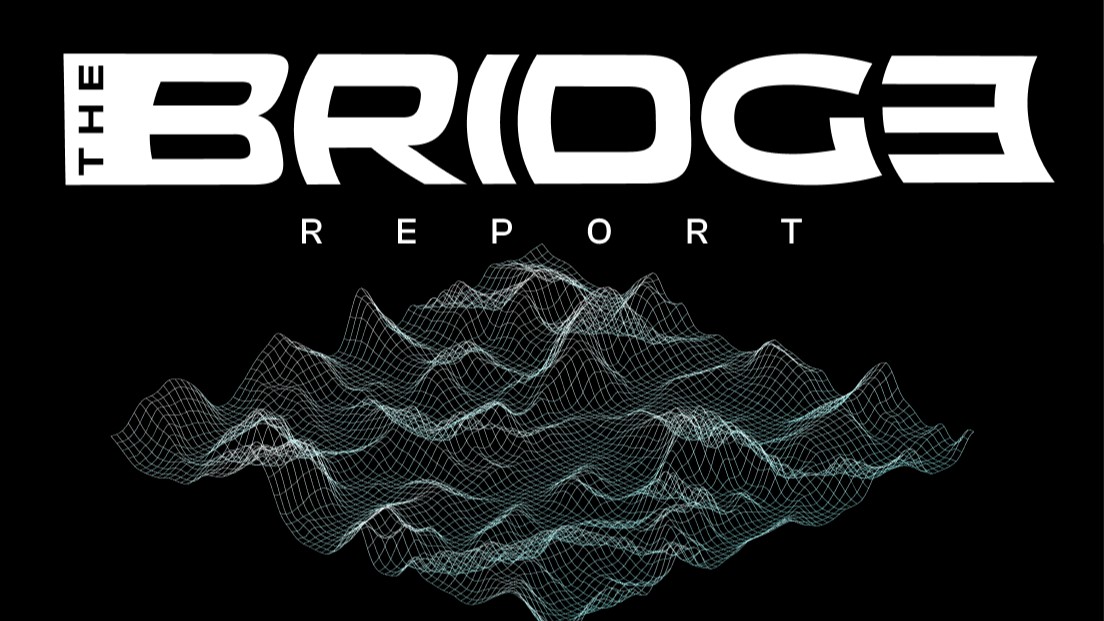
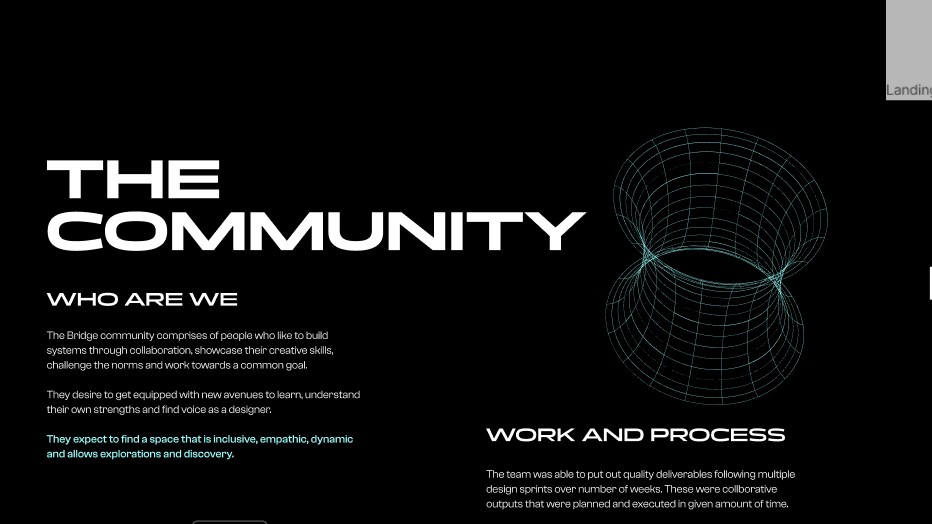
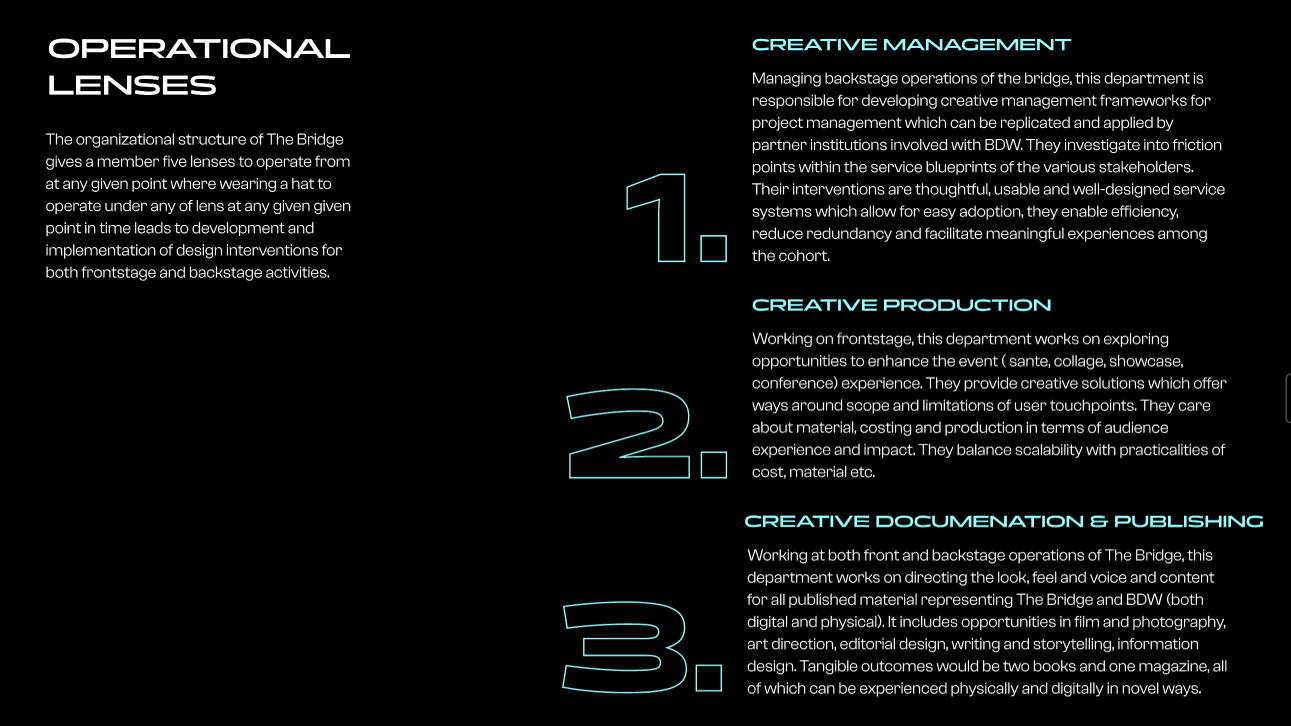
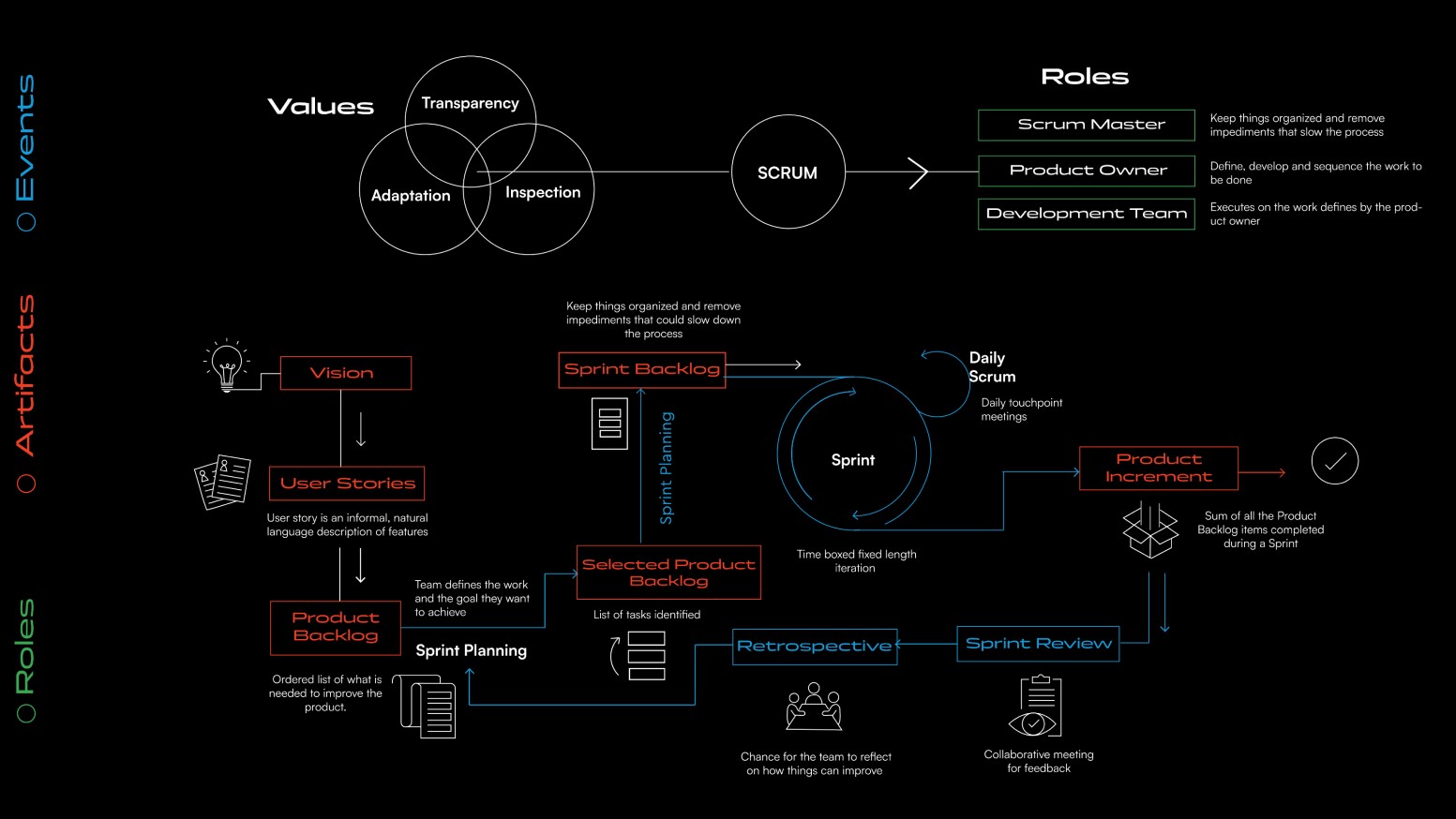
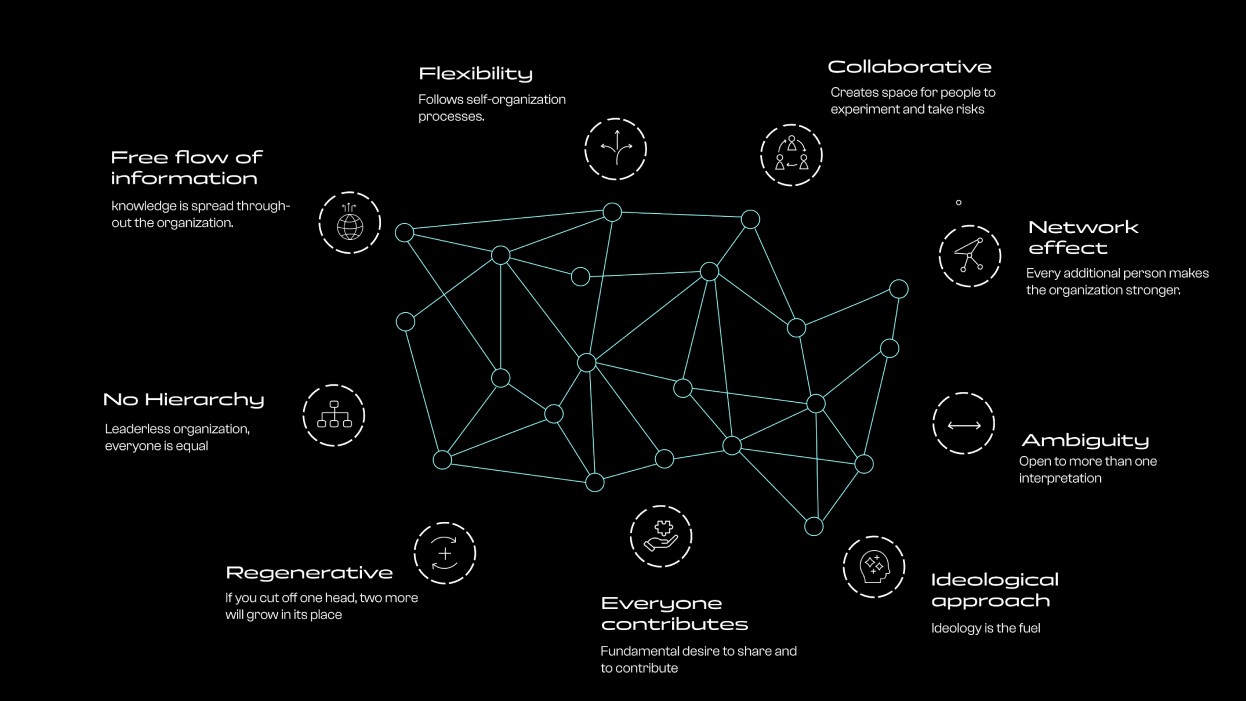
Final Artefact
“The Good, The Bad & The Ugly”, a guidebook to event organisation.
“The Good, The Bad and The Ugly” is a comprehensive book that delves into the behind-the-scenes of BLR Design Week, specifically focusing on the 7th-semester Pre-thesis project.
This book explores the multifaceted aspects of learning, communication, organization, reflection, collaboration, and connection-building that emerged during the project. It offers a narrative of the diverse projects running concurrently for BDW, detailing the nature of interactions among team members, the organizational and communication tools employed, the challenges encountered, and the innovative solutions developed.
Essentially, it is a story—a series of noteworthy events documented for their significance. The book synthesizes our learnings and reflections, identifying where learning emerged from the BRIDGE and how these insights can be applied in various contexts. It encourages readers to explore and understand the intricacies of project organization in their unique way.
The visual language is engaging and playful, with bold typography. Each chapter offers a fresh experience, highlighted by simple yet impactful illustrations and iconography.

While the book was created to be tested with project managers and design facilitators, it was still a prototype. The documentation of student and facilitator anecdotes was an interesting addition to understanding what learnings have emerged for our own team members. The result of this prototype only determines what tools and methods were utilised that helped the Bridge organise itself for BDW.
The success of the event was secondary, the process behind the event is what we wanted to highlight; how effective marketing collaterals were curated, how the communication between departments was handled, how different team members took on management roles, and finally, whether all the collected data would be a useful resource for the next team of students who will make up the Bridge. Our ability to reach out and collect relevant content for different departments was another interesting point of growth, as it reflected how we interacted with various stakeholders.
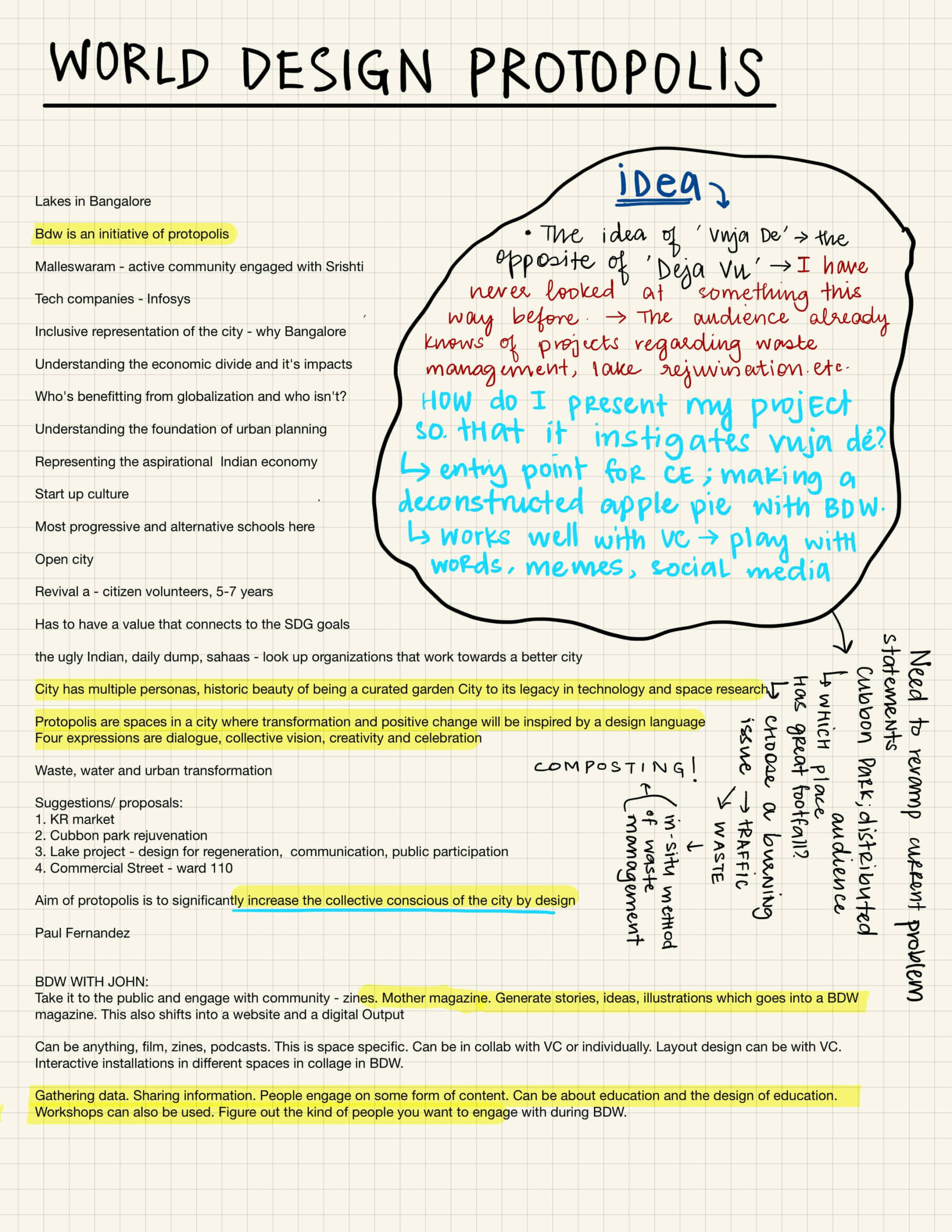

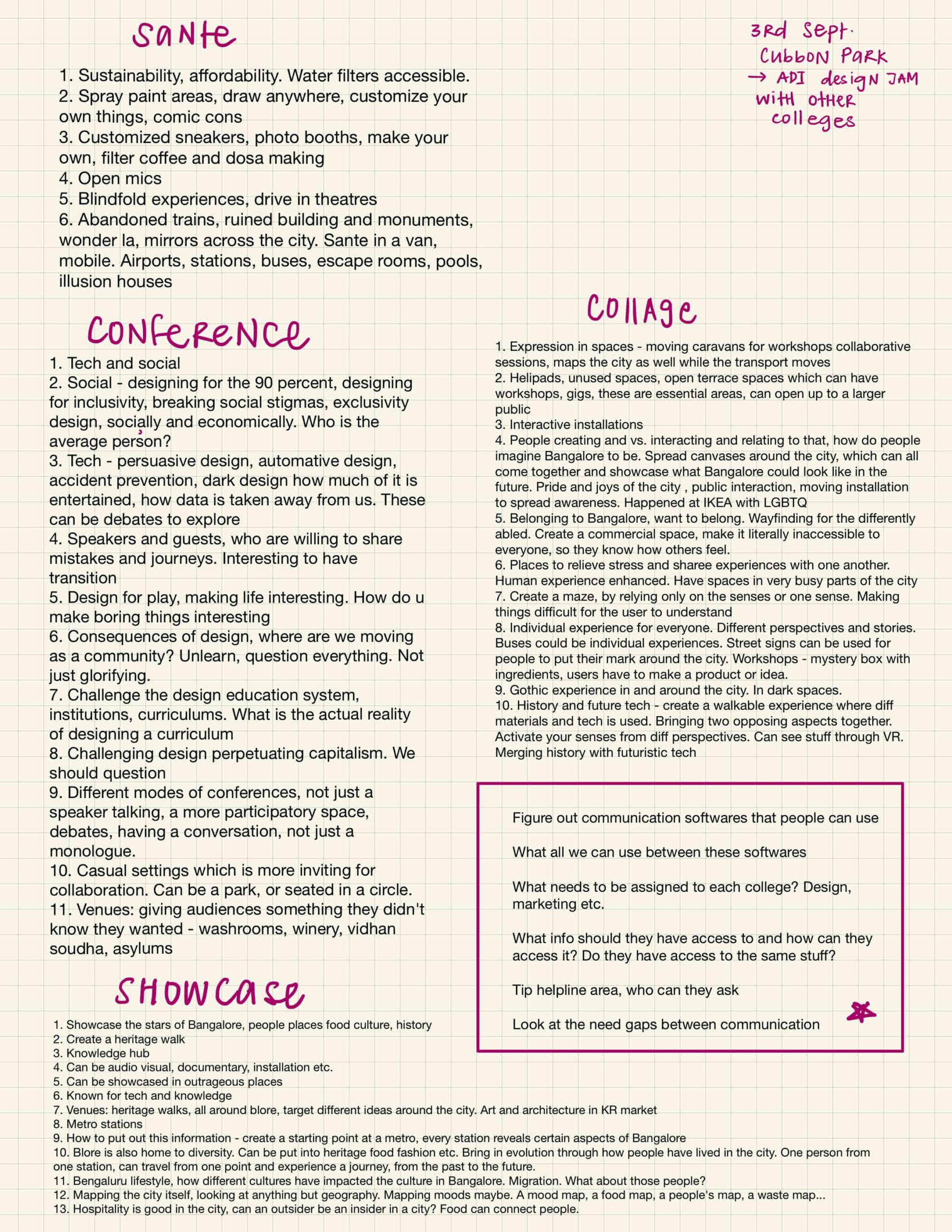
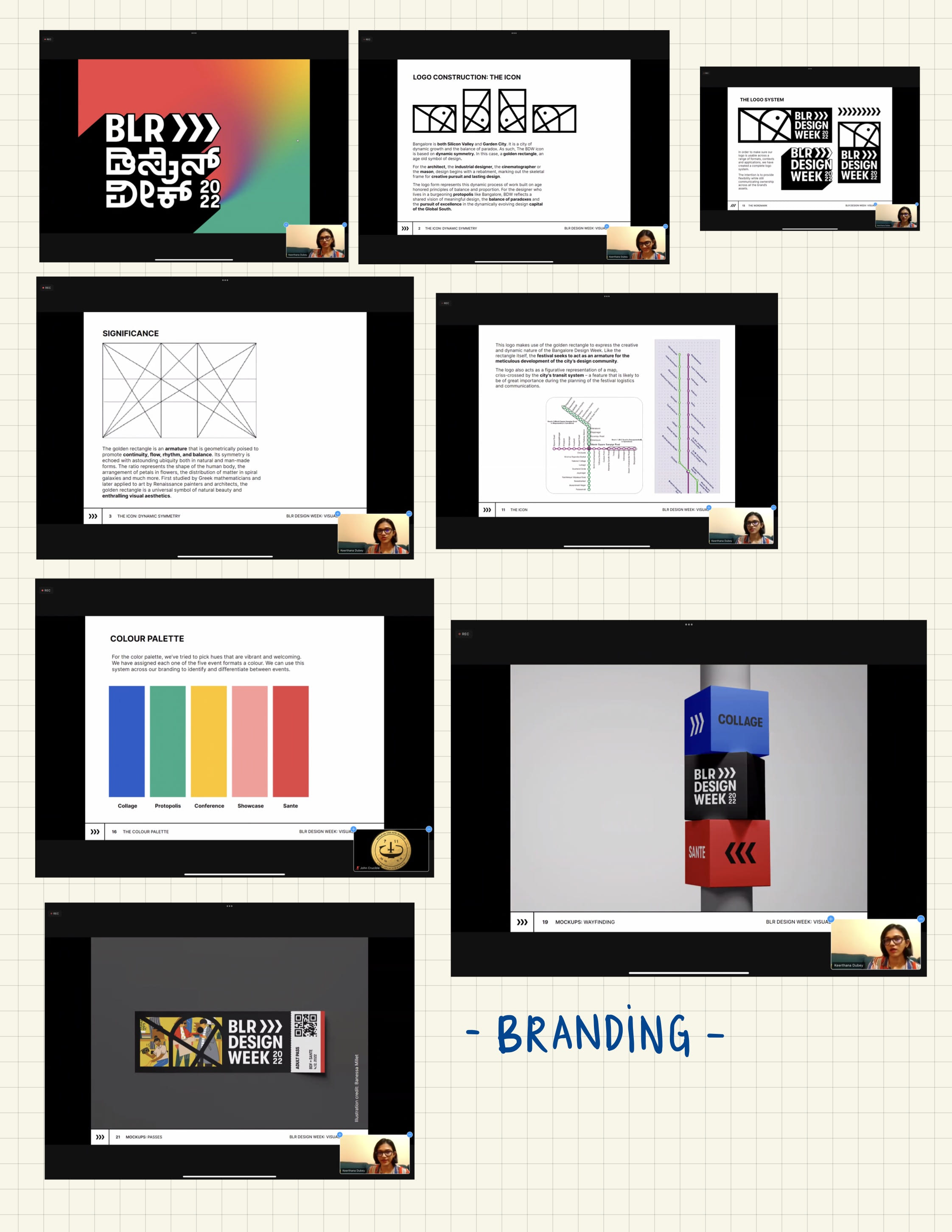
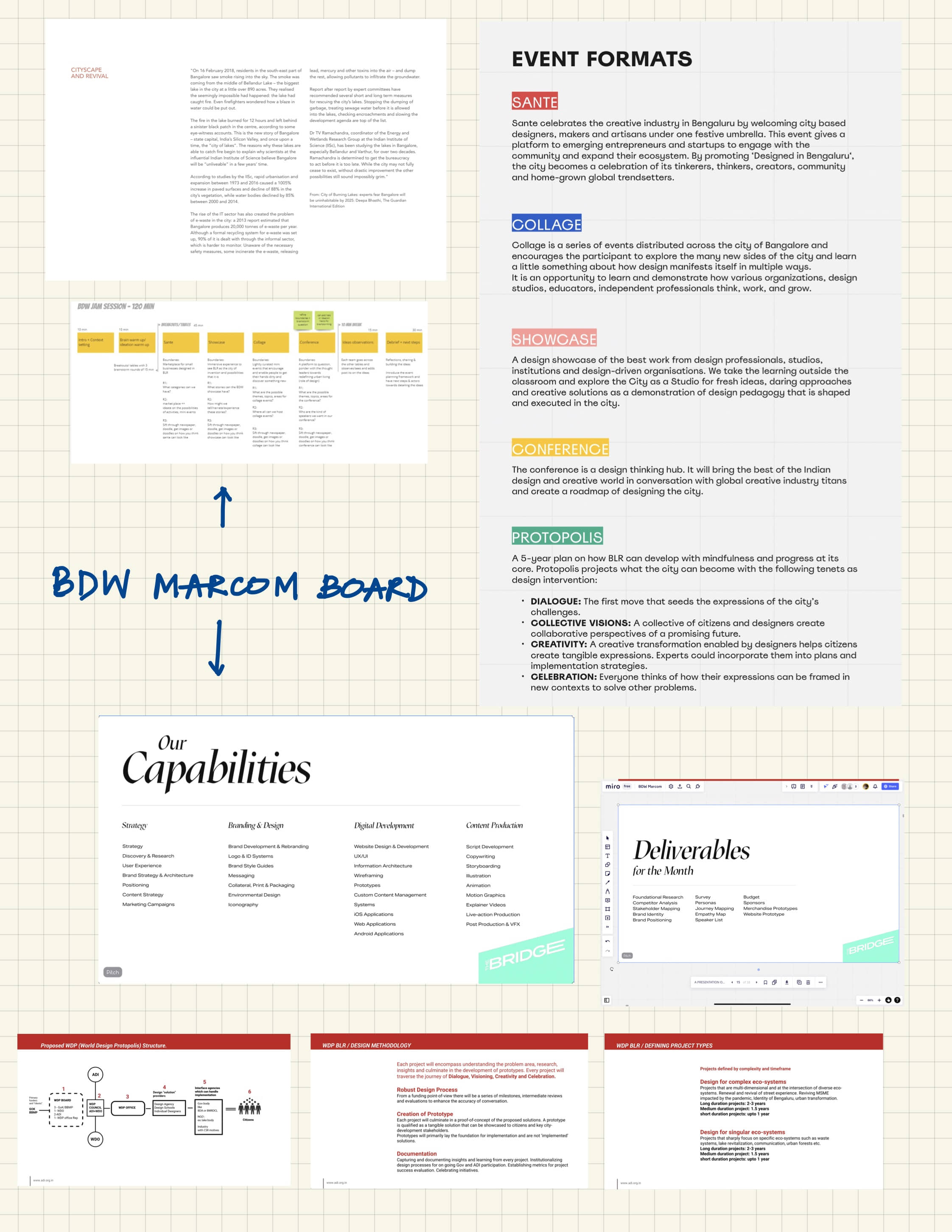

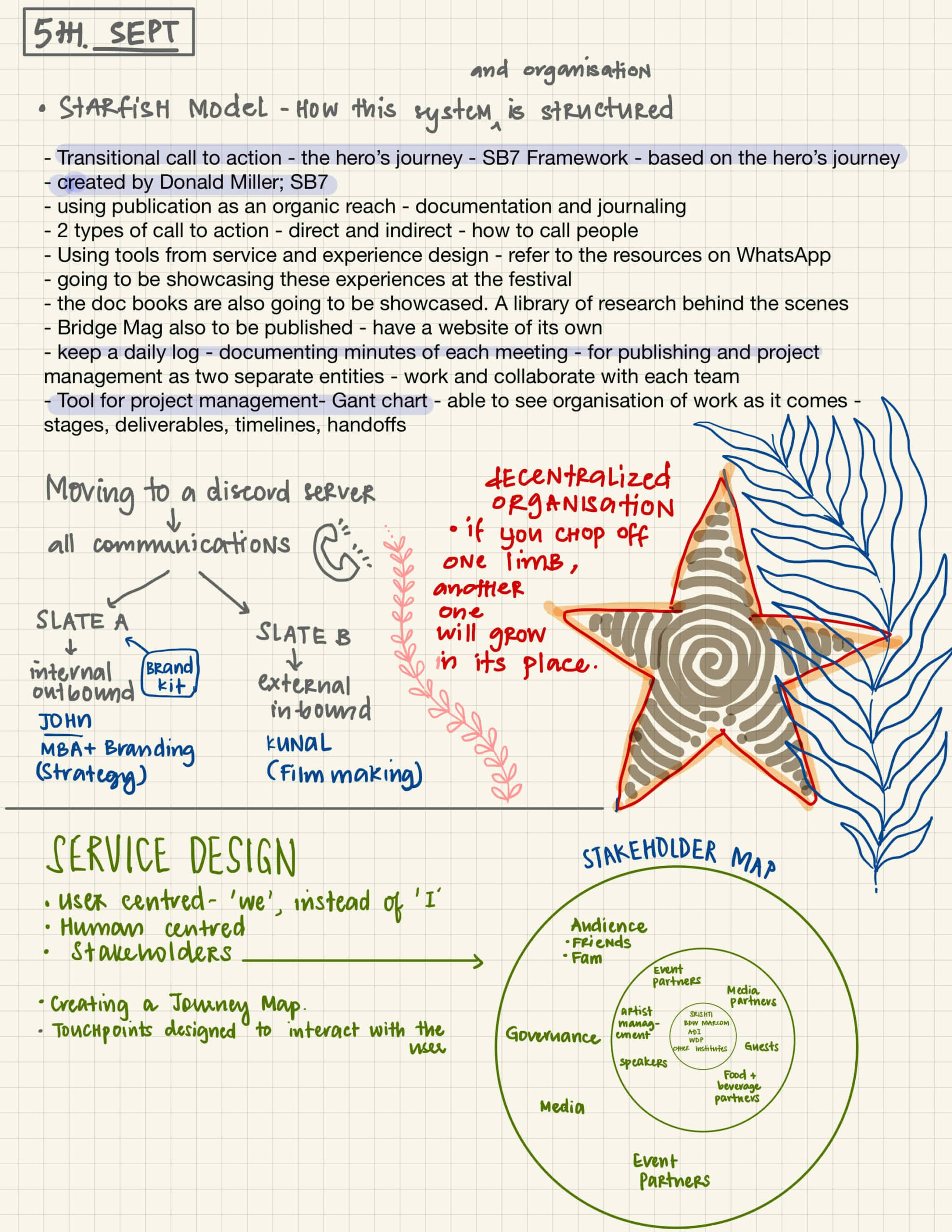
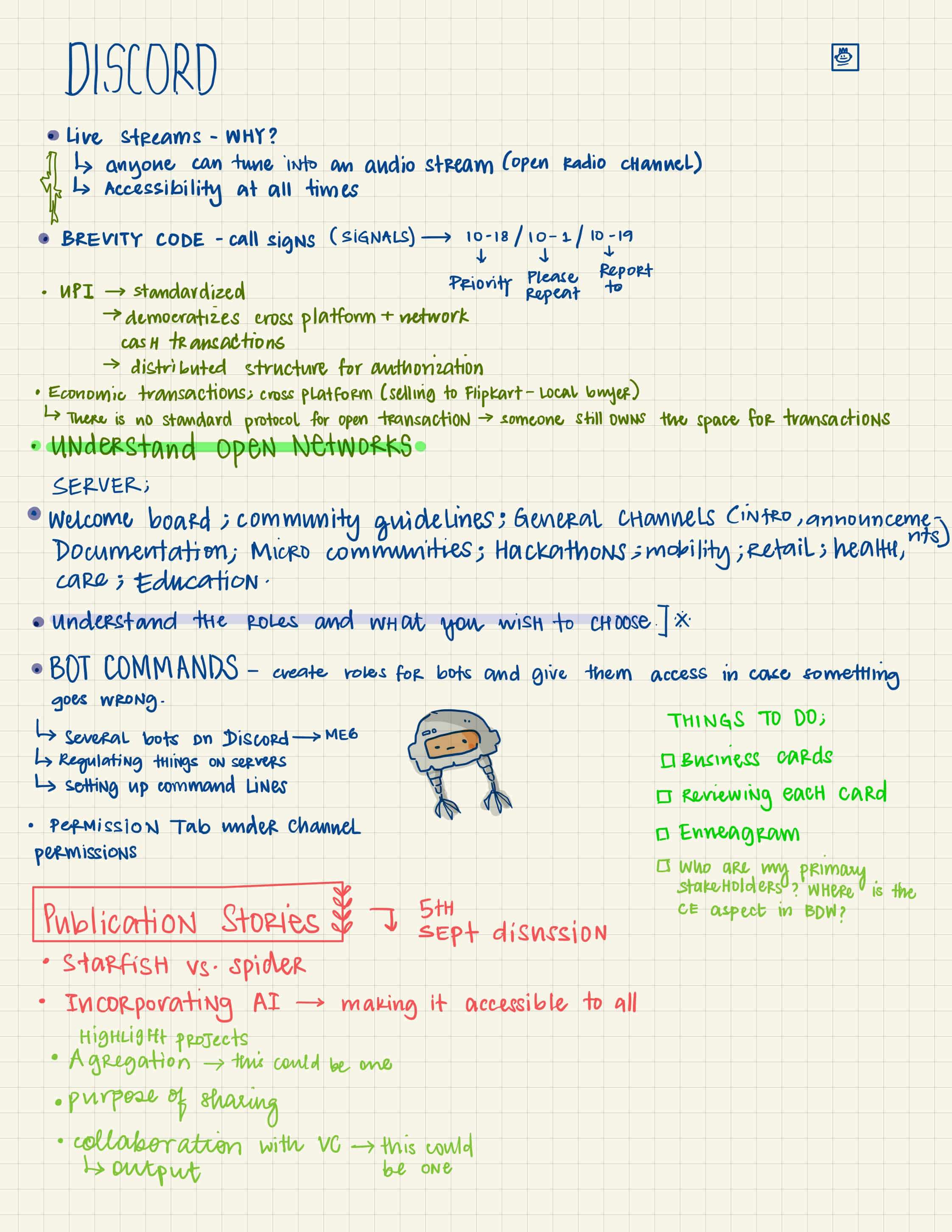
Each challenge set up was a reason to reflect and discuss with our team. It created team solidarity and high morale, as there
were many minds working to fix a problem. There was no concept of right or wrong, there were only opportunities to try. While our book documents these instances, I feel like there was potential for our research to be more in-depth, with more perspective on various methodologies and tools. Furthermore, I would have liked to test out a prototype on our users, facilitators and project managers and receive important feedback.
Places I wished to improve on the prototype would be to have tested the artefact with a few project managers or event organisers and received feedback for the same. Another thing that would have created a deeper line of research would be to document a facilitator using the book and its tools with a class and recording the results. The learnings which would emerge would be valuable to our designing the book and modifying it accordingly.
“Successful organizations respond flexibly to change and rely on collaboration across various types of expertise”
Meredith Davis, “Design Future Trend: Resilient Organisation” AIGA.
The Event
The BLR Design Week was held at different venues across Bangalore, with workshops and activities happening for all kinds of audiences. Inviting designers, small business owners and many more creative practitioners, BLR Design Week hosted more than 100 programs across the city to introduce design language as an accessible tool for people in other professional realms as well. It promoted the idea that creativity is not bound to art and design, and can be found through collaboration and co-creation.
The Conference was inaugurated by the honorable Chief Minister of Karnataka Shree Basaraj Bommai on the 9th of December 2022.




Takeaways
Exploring and listing down my inclinations towards ideas and subjects was not an easy task to fulfil. I was inclined towards a variety of things, as are many. I questioned their nature, whether they were deep-rooted, or an idea just discovered. The experience of mapping these down was immersive,
as it allowed me to explore everything I was inclined towards, with no limitations; after all, it was my learning practice.
An important thing I have learnt about my process is, that I learn better when it is more dynamic. When I explore a new working method, I expand my opportunities to approach my learning. I have also noticed that I used to find comfort in a process that was mapped to my ideals of perfection, when in fact, the learning only happened when the process was led astray. My desire for things to be organized and perfect was the ultimate obstacle to understanding that my learning
only happens when I am making mistakes and not worrying about the outcome.
Through communication, sprints, and problem-solving, I was able to grasp the nature of the team members I was working with. I found that online communication was not as effective as meeting in person, and there was value in discovering how differently we all learn and trying to implement that every day. Calendars were our primary method of keeping track of tasks and deadlines. Working in teams was far more stressful than I had imagined. However, the nature of work required us to be present, collaborate, ask questions and experiment, which made my experience quite engaging very quickly. It was easier to remind one another that we were stressed, but people actively encouraged one another, solved problems together and every day in class was fun.
Promo Video
Video credits go to Mohammed Ibrahim and Abhra Sengupta
1 guidebook
skills: project management, adobe indesign, photoshop, illustrator, film
